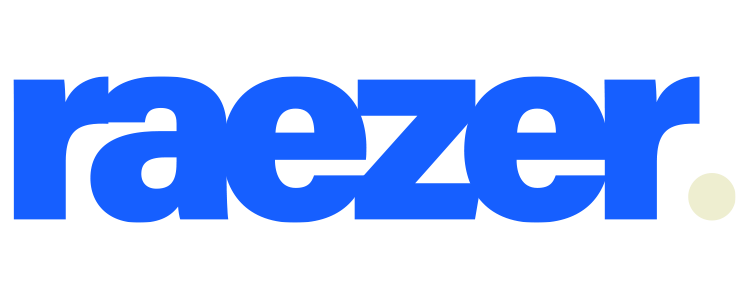Resume Building Without Experience
Writing a resume can be an intimidating task especially when you have minimal experience but, have no fear Raezer is here to help! Here are our pro tips to building a resume with little to no experience.
First impressions are everything and a cover letter is no different. This section is the perfect opportunity for candidates to branch out and show some of their personality. Some applicants focus primarily on what the role can do for them which is not the point of the cover letter. This section of the resume should be about what a candidate brings to the table. Be careful not to make the cover letter a repetition of your resume, but an extension. For example, if your resume includes a skill you’ve mastered, mention it within your letter by going in-depth about a time when that skill helped you complete a task (In school, work, project).
The order of a resume is extremely important when it comes to candidates who have no experience. The first section of the resume should include your name, contact information, and social media profiles. Make sure that the email is professional and that the social media profiles do not contain anything which could jeopardize your opportunity of landing an interview.
The second section of the resume should be the objective section. The objective should focus on skills and experiences which would make you successful in a new position. Here’s a simple yet effective example; Seeking a position as a manager that enables me to use my strong interpersonal skills to promote collaboration and implement necessary change within the company. This section should be concise so keep it at 1-2 sentences.
The third section of the resume should showcase your skills. Avoid using meaningless buzzwords such as “hard worker” or “team player”, instead incorporate keywords from the job listing. Skills that set you apart for other candidates include computer proficiency, leadership, collaboration talents, and problem-solving abilities.
The fourth section of the resume should highlight your professional experience in the order of most recent to older. Include a maximum of three relevant experiences. The fifth section is education which should include only the highest level of education acquired. The final section showcases accomplishments (awards, certifications, clubs, volunteer, professional). In this section of the resume use active language such as “achieved,” “earned,” and “completed”. If possible, highlight remote work accomplishments.
Lastly, it’s vital to thoroughly revise your resume for spelling and grammar errors. The focus of a resume is you and that shouldn’t be overshadowed by something as simple as a misspelled word. Having no errors on your resume reflects that you’re a meticulous individual capable of creating quality work. Be sure to use spell check and if possible, have someone else read over your resume to look for errors. Use a professional font which is easy to read keep the length of your resume to one page. Once you’ve completed your resume ask yourself: “Have I made it as easy as possible for this employer to see that I’m qualified?” If the answer is yes, then it’s ready to be sent out. Good luck with your job search!
Lucy
RaezerConnect

